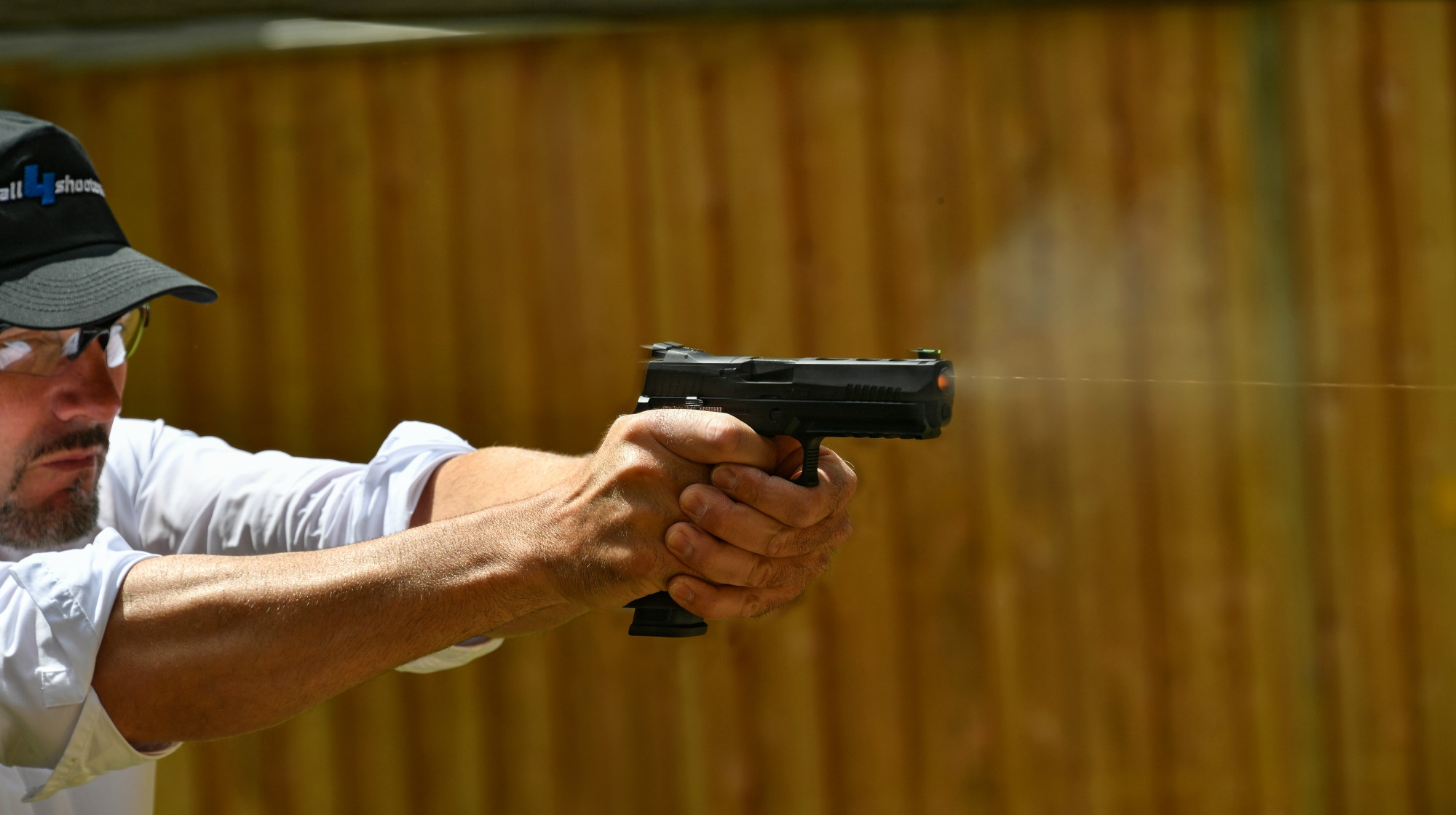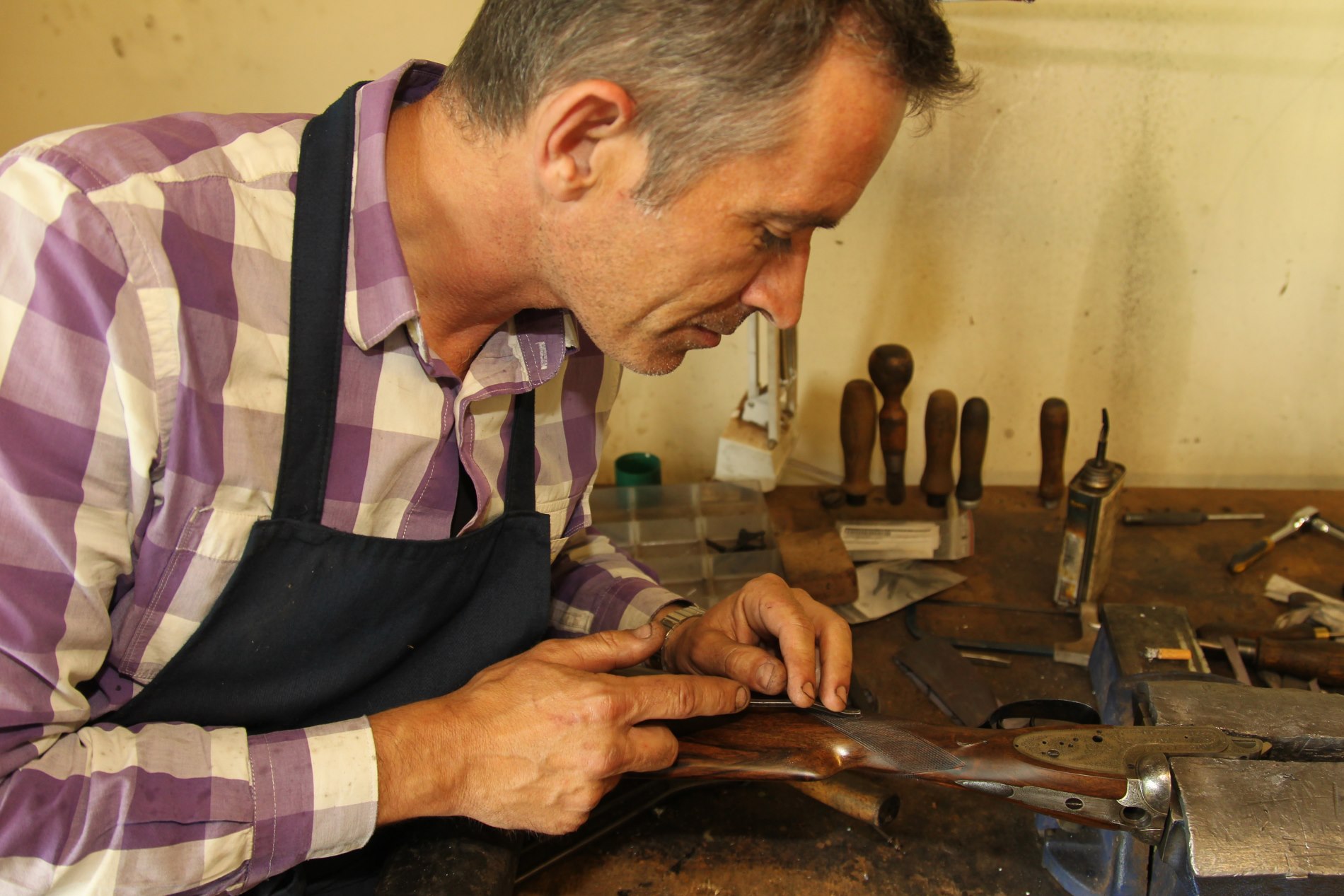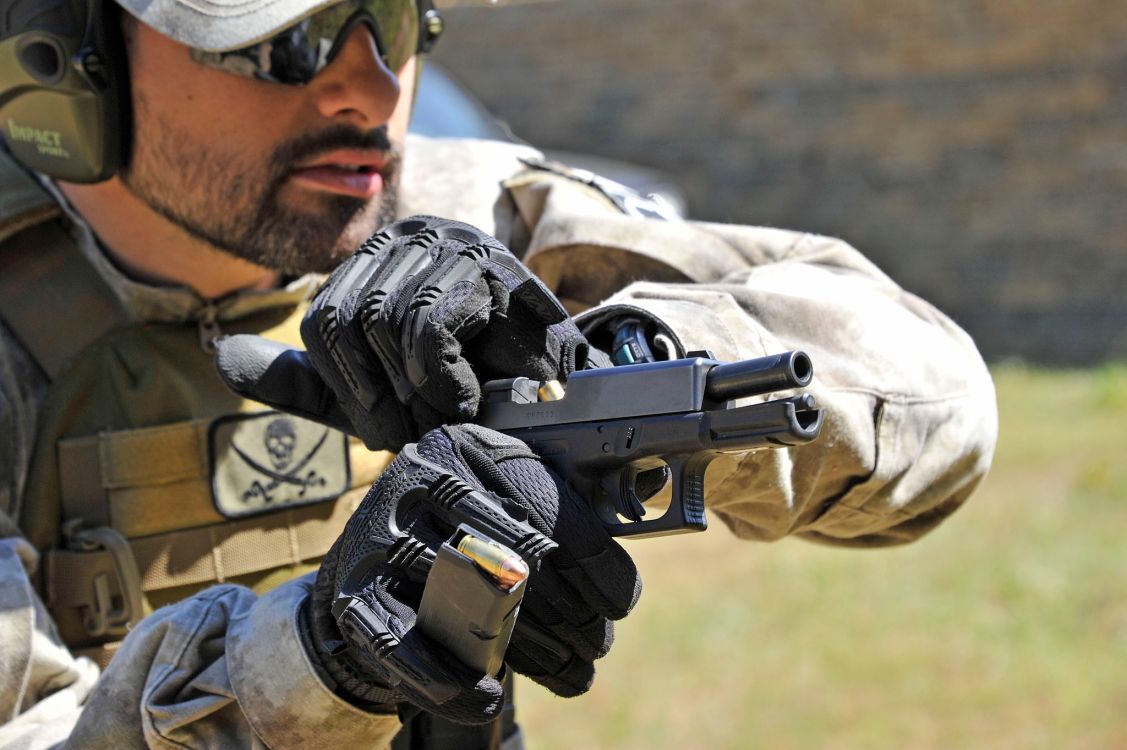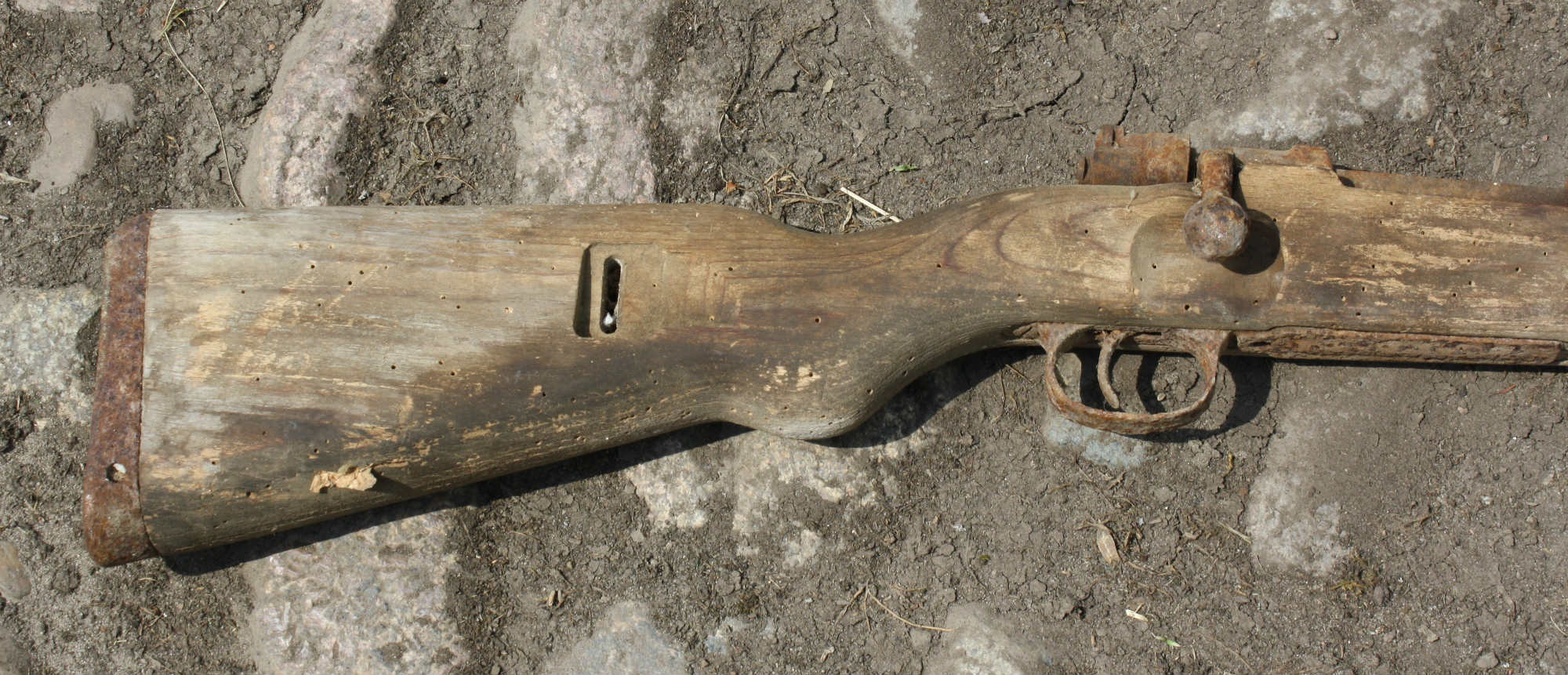What happened here? What do you think could be the cause for such a deformation of these cases, ejected by a Stoner-type semi-automatic direct gas impingement system, a.k.a. an AR-10 type rifle?
Let's try and see what the cases themselves are trying to tell us.
First of all, there's a small "B" printed on the primer, which is a sign for hand-reloaded cartridges. This alone is enough to open the door to a world of possibilities.
The circular embossing close to the missing part would seem to be symptom of a relevant overpressure, high enough to strongly slam the case against the bolt face.
Last, the missing part, literally torn away by the extractor, would seem to indicate that the moving part of this gun work perfectly, and yet the case itself didn't seem to be intentioned to go anywhere − it was literally stuck in the chamber.
Just to be more precise: the chamber itself in this rifle is perfect, and although it did suffer a failure to extract, a simple tap on the receiver was more than enough to let the case fall out. Plus, the ammunition was hand-reloaded with a quantity of propellant that had previously proven itself perfectly safe, and had been tested on bolt-action rifles without a single issue.
All considered, and minding the fact that it happened on a direct gas inpingement semi-automatic rifle, we'd go as far as saying that the culprits are the cases themselves. As a matter of fact, this peculiar brand is known for their extremely small vent holes.
We have no elements to state once and for all why this happened, but it looks like if pressure levels were still pretty much high when the gases started to push the bolt back, and the case walls were still stuck to the chamber walls: this created a sort of "Tug-Of-War" effect, which led the weaker part of the case − that being, the head − to rupture.
Any guess?










